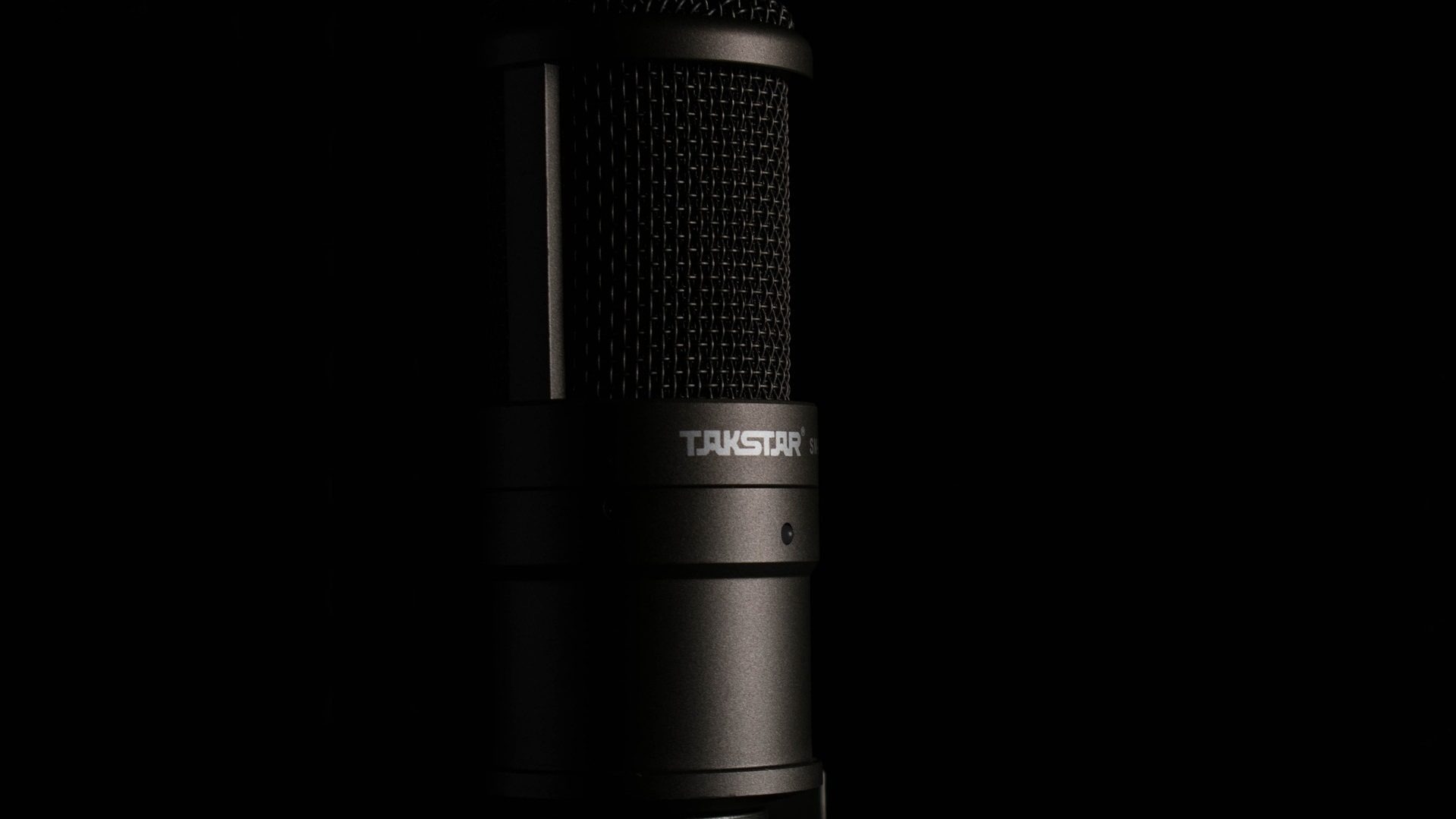Unleashing the Power of Data Analytics: Transforming Music Marketing Strategies
In an era where music consumption is rapidly evolving. Artists and record labels are increasingly reliant on data analytics to drive their marketing and promotional campaigns. By harnessing the power of data analytics, musicians gain valuable insights into their audience’s preferences, behaviors, and engagement patterns. This article explores the immense potential of data analytics in the music industry, focusing on the utilization of streaming and social media analytics to inform marketing strategies and capture a broader audience.
Understanding Audience Preferences:
Data analytics in the music industry begins with understanding the preferences and tastes of your audience. Streaming platforms like Spotify and Apple Music provide an abundance of data on listener demographics, music consumption patterns, and even user-generated playlists. By monitoring this data, artists can identify their core audience, discover emerging trends, and gain insights into what resonates with their listeners.
Location-Based Insights:
One of the significant advantages of data analytics is the ability to gather location-based insights. Streaming platforms can pinpoint the geographic spread of your listenership, allowing you to identify regions where your music is most popular. This information is invaluable for planning tours, targeting local markets, and understanding cultural nuances. Armed with this knowledge, artists and promoters can optimize tour schedules, tailor marketing campaigns, and connect with fans in specific regions.
Predicting Trends:
Data analytics not only reveals current trends but also has the potential to predict future ones. By analyzing streaming data, social media trends, and industry indicators, musicians can identify emerging genres, subcultures, and even specific artists gaining traction. This prediction capability enables artists to stay one step ahead, exploring collaborations, experimenting with new styles, and placing themselves at the forefront of developing trends.
Enhancing Content Creation:
Data analytics is not limited to marketing and promotion but can also shape the creative process itself. By understanding the preferences and engagement patterns of the audience, artists can make informed decisions about their music direction. Insights gained from streaming and social media analytics provide feedback on specific songs, production techniques, lyrical themes, and even album cover designs. This data-driven approach empowers artists to consistently deliver content that resonates with their audience. Forming stronger connections and enhancing the overall music experience.
Tailoring Marketing and Promotional Strategies:
Data analytics acts as a guiding light in developing and refining marketing and promotional strategies. Detailed audience metrics obtained from streaming platforms allow artists to segment their audience based on preferences, demographics, and engagement levels. This segmentation enables highly targeted marketing campaigns, helping to optimize advertising spend and enhance the return on investment (ROI). Additionally, leveraging social media analytics uncovers insights into the effectiveness of promotional activities, influencer collaborations, and content engagement. By tracking these metrics, musicians can fine-tune their strategies, identify what works best, and build a loyal fan base.
Conclusion:
Data analytics is a powerful tool that has revolutionized the music industry. By utilizing streaming and social media analytics. Artists can gain a deep understanding of their audience’s preferences, geographic spread, and engagement patterns. Armed with this knowledge, musicians can make informed decisions. They can shape their creative direction, and tailor their marketing and promotional strategies to optimize their success. Embracing data analytics is no longer an option but a necessity for artists and record labels seeking to navigate the evolving music landscape successfully.
